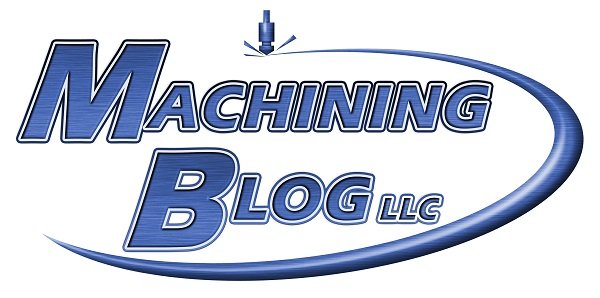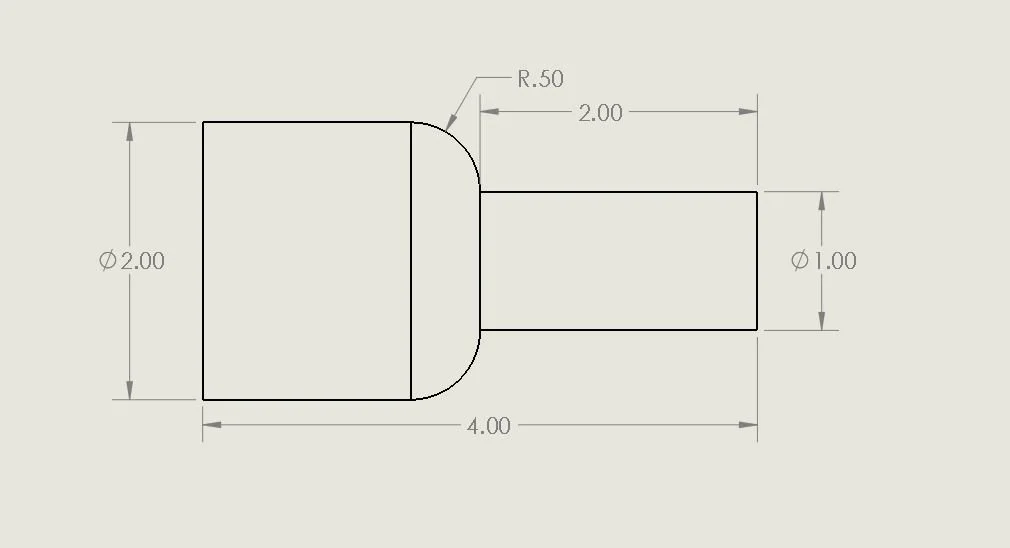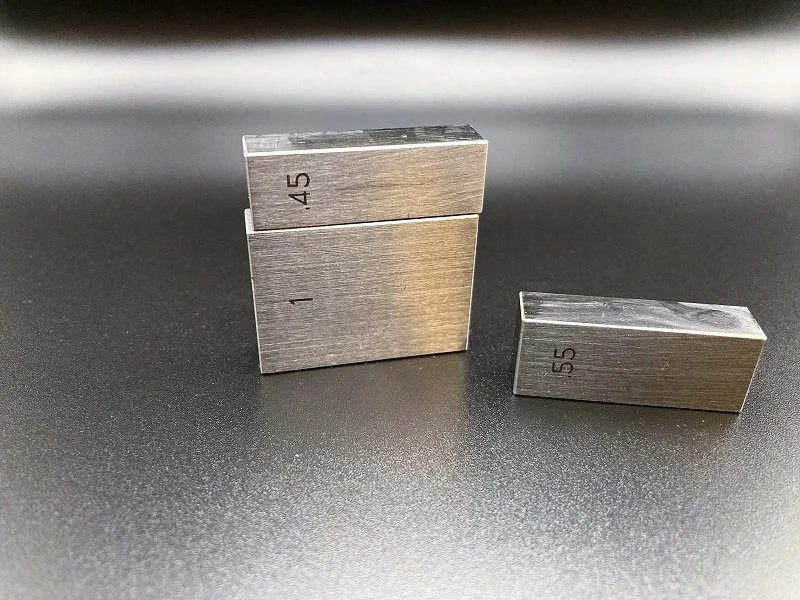THE STEPS TO CAREER SUCCESS IN MACHINING
Get a Technical Degree – A solid educational foundation is a critical building block, you will make a lot more money in your career if you follow through with a Technical College education.
Serve a State Sponsored Apprenticeship – This is an excellent way to learn the skills of the trade and climb the pay scale also. It also will ensure that you are viewed as a professional in your career. By finishing an apprenticeship and becoming a journeyman, you will be put in a position to make a good wage for the rest of your career.
Never Stop Learning – Enroll in at least two specialized classes per year. It is an excellent way to build a great resume also, as it shows future employers that you are a dedicated career professional.
Become Proficient in Working with Others – This is the most important factor of the six steps. You will have more opportunities presented to you if you have the ability to work with everyone effectively.
Gain the Ability to Turn Manufacturing Issues into Career Opportunities - Some may look away from the major issues that hinder the shop. These are the challenges that build a great resume, so ask your boss how you can help fix the major issues they encounter throughout the shop.















